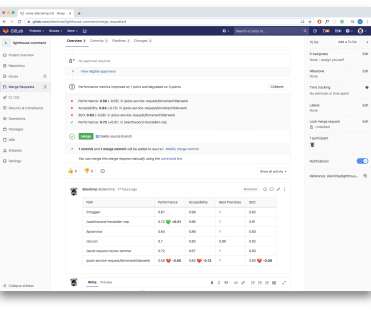How We Improved SmashingMag Performance
Smashing Magazine
JANUARY 21, 2021
And suddenly, before you know it, the code base gets a little bit overweight and fragmented , third-party scripts have to load just a little bit earlier, and shiny new dynamic content finds its way into the DOM through the backdoors of fourth-party scripts and their uninvited guests.













Let's personalize your content